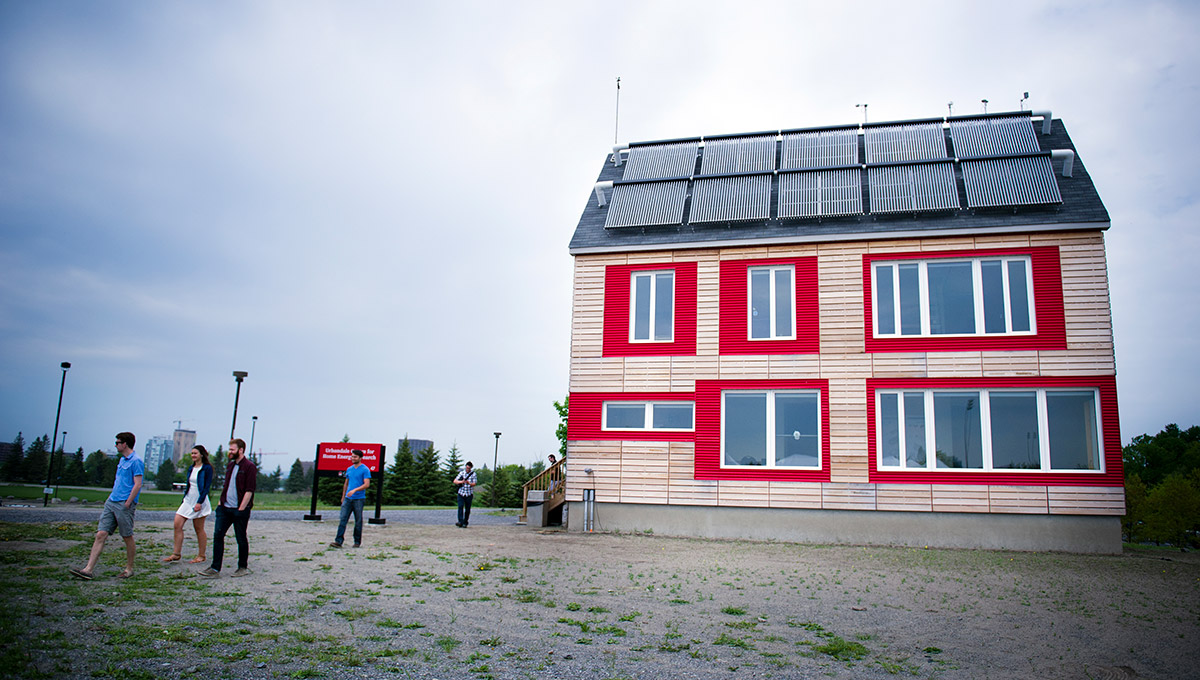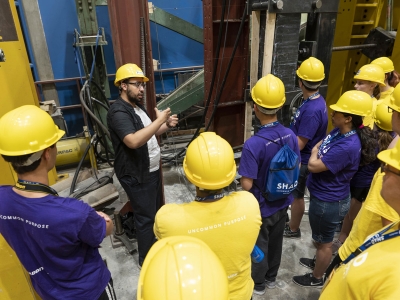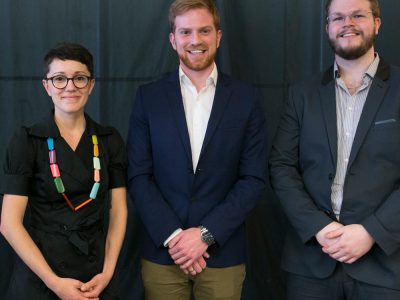By Dan Rubinstein
Carleton University’s focus on collaborative interdisciplinary research with social, environmental and economic impact is paying big dividends.
Research funding at Carleton has increased more sharply this year than at every other comprehensive and medical university in the country.
Sponsored research income from external sources at Carleton jumped to $70,298,000 in 2018 compared to $54,369,000 the previous year — a 29.3 per cent increase, according to the just-released annual rankings from Re$earch Infosource, one of Canada’s leading R&D analysis organizations.
In addition, Carleton’s corporate research income growth — research support from the private sector that is included in the sponsored research income total — was third among comprehensive universities in 2018.
“Research funding is a proxy for research quality and impact, and these numbers confirm Carleton’s tremendous momentum,” says President Benoit-Antoine Bacon.
“We can take great pride in the outstanding and work of our researchers — the ideas and discoveries funded by this support are making Ottawa, the country and the world a better place.
“We play a leading role in a wide range of critical research areas, including but not limited to telecommunications, energy efficiency, physics, sustainability, public safety, accessibility, public affairs, cybersecurity, the North, and connected and autonomous systems. By working in partnership both internally and externally, our faculty and students are making strides toward addressing some of society’s greatest challenges.”
“Our community is charging ahead with more exciting research projects, awards and collaborations than ever,” says Rafik Goubran, vice-president (Research and International), “and with nearly 1,000 faculty members and more than 31,000 students, we have many success stories to celebrate.”
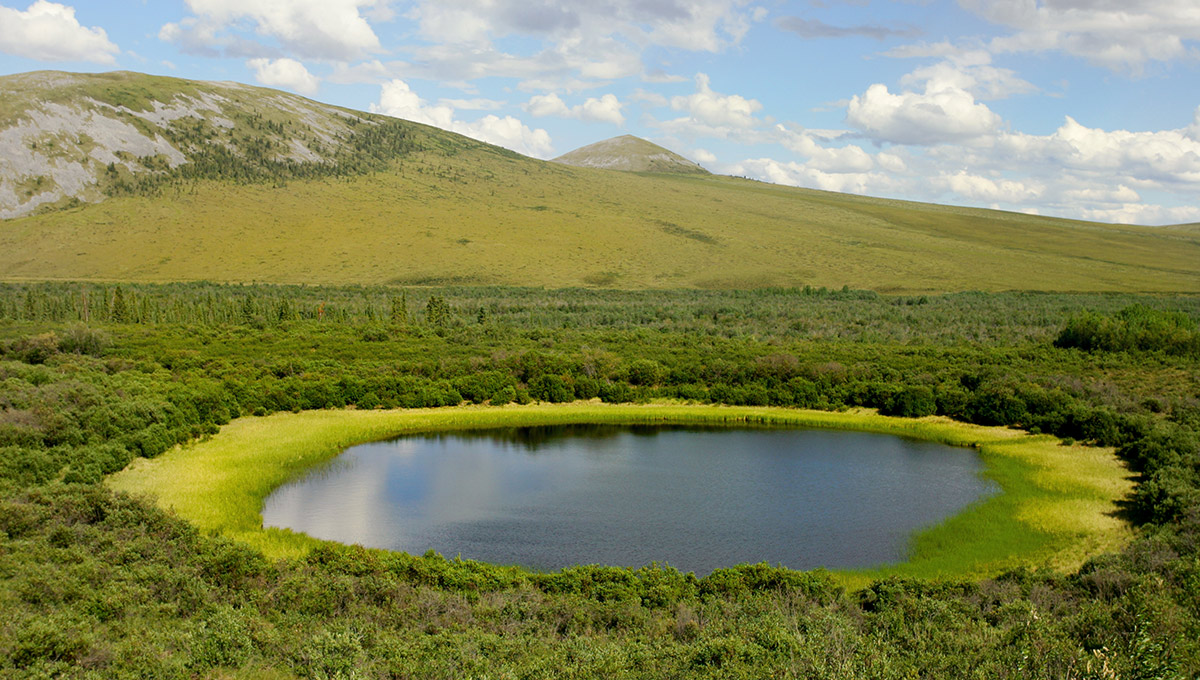
Putting Research Income into Action for All Canadians
PermafrostNet, a new research network based at Carleton that brings together researchers from varying disciplines at 12 universities and more than 40 partner organizations, including Indigenous communities, is a strong example of the evolution of research at the university.
Thawing permafrost increases risk for ecosystems and people, especially in Canada. About 40 per cent of the country rests on frozen ground and a warming world will drastically change the country’s environment. Now more than ever, Canada needs a network of researchers and community members to help mitigate the impact of climate change in the North.
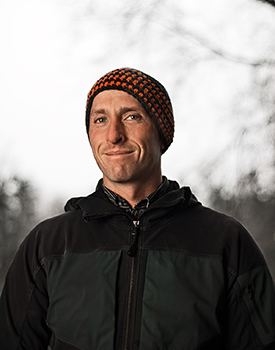
Stephan Gruber
Led by Stephan Gruber, a professor in Carleton’s Department of Geography and the Canada Research Chair in Climate Change Impacts/Adaptation in Northern Canada, the network was awarded $5.5 million from the Natural Sciences and Engineering Research Council (NSERC) to boost Canada’s ability to monitor, predict and adapt to large-scale permafrost thaw. It’s one of just two new Strategic Partnership Grants for Networks announced by NSERC this year.
“We want to create forward-looking solutions to permafrost problems for Canadians and that means listening to what problems and solutions exist, and acknowledging and learning from each other’s experience and expertise,” says Gruber.
“Partnership is the prerequisite to asking the right questions and to generating practicable solutions.”
“Carleton is training Canada’s future leaders in this field and we are honoured to be the home of this critical collaboration,” says Goubran. “By hosting PermafrostNet, we are ensuring that the brightest young minds can apply their passion and skills to an issue of paramount importance. Our future depends on collaboration, evidence-based solutions and action.”
Another example of an innovative research partnership is the new Carleton University Centre for Advanced Building Envelope Research (CU-CABER), which received $5.1 million from the Natural Resources Canada (NRCan) Energy Innovation Program and Ontario Research Fund to develop new building envelope technologies that make Canada’s buildings more energy efficient and less greenhouse-gas intensive.
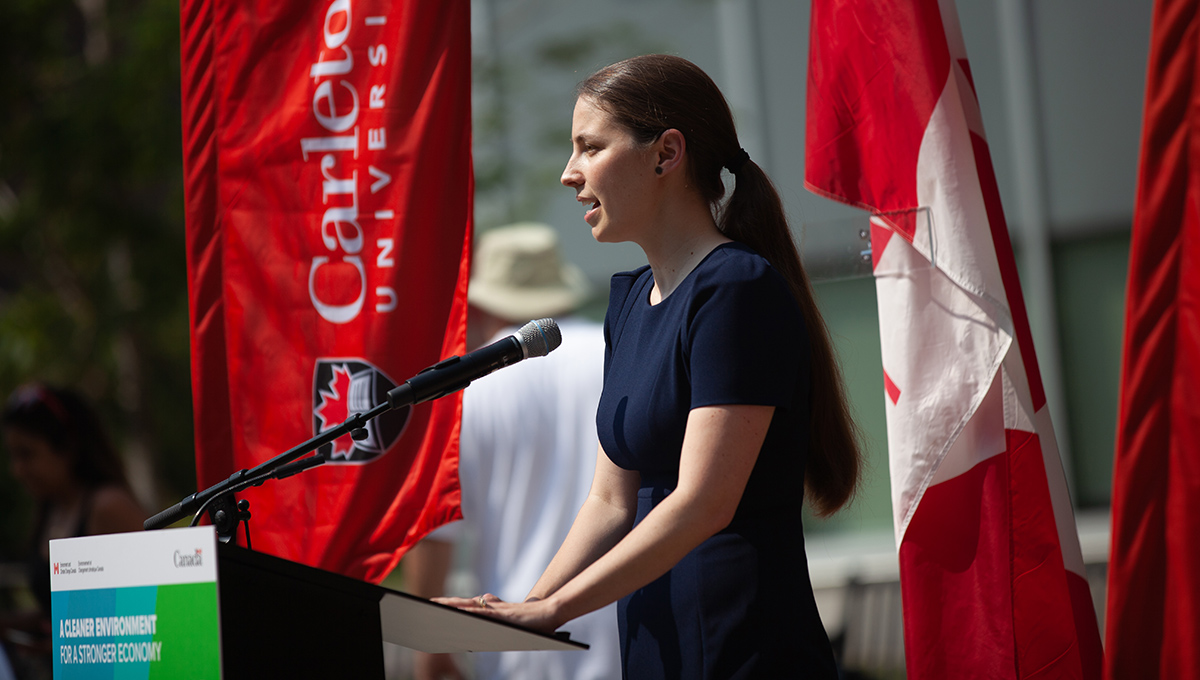
Prof. Cynthia Cruickshank
As part of this work, Carleton will collaborate with researchers at Algonquin College and the Cold Climate Housing Research Center in Alaska to conceive, prototype, evaluate and optimize new building envelope systems. The project will also enable future collaborations with key players in the built environment such as researchers from NRCan’s CanmetENERGY-Ottawa laboratories and the National Research Council.
“Solutions for existing buildings will play the biggest role in meeting Canada’s climate change goals,” says Cynthia Cruickshank, a professor in Carleton’s Department of Mechanical and Aerospace Engineering and the director of CU-CABER.
“Although Canada will construct nearly four million new homes before 2030, more than 13.7 million homes are already built, and 62 per cent of them were constructed more than 20 years ago, before the National Building Code prescribed requirements for energy efficiency.”
“Carleton continues to take the lead on advances in sustainable construction,” says Goubran.
“The CU-CABER research program will foster clean energy innovation and play an important role in developing new solutions leading to more efficient, resilient buildings.”

Leadership in Accessibility and Connected and Autonomous Vehicles
Carleton’s leadership in accessibility and connected and autonomous vehicles also embody the university’s research excellence and ethos of collaboration.
The new Canadian Accessibility Network (CAN) is a national partnership that will advance accessibility for people with disabilities through five key pillars: research, design and innovation; education and training; policy; employment; and community engagement.
On the research front, CAN will operate in areas such as assistive and rehabilitation technologies and devices, smart technologies for monitoring and assessment, wellness management and mental health, and AI and accessibility.
“Research-driven innovation in accessibility provides solutions to barriers and creates opportunities for full participation through the design of spaces, technologies, products and transportation,” says President Bacon.
“CAN brings together research, design and innovation across disciplines and industries in Canada.”
At the same time, Carleton’s strength in connected and autonomous vehicle (CAV) research will give the university a significant presence at the new Ottawa L5 connected and autonomous vehicle testing facilities, an 1,866-acre site with 16 kilometres of paved roads and a control centre located on the former Greenbelt Research Farm in Nepean.
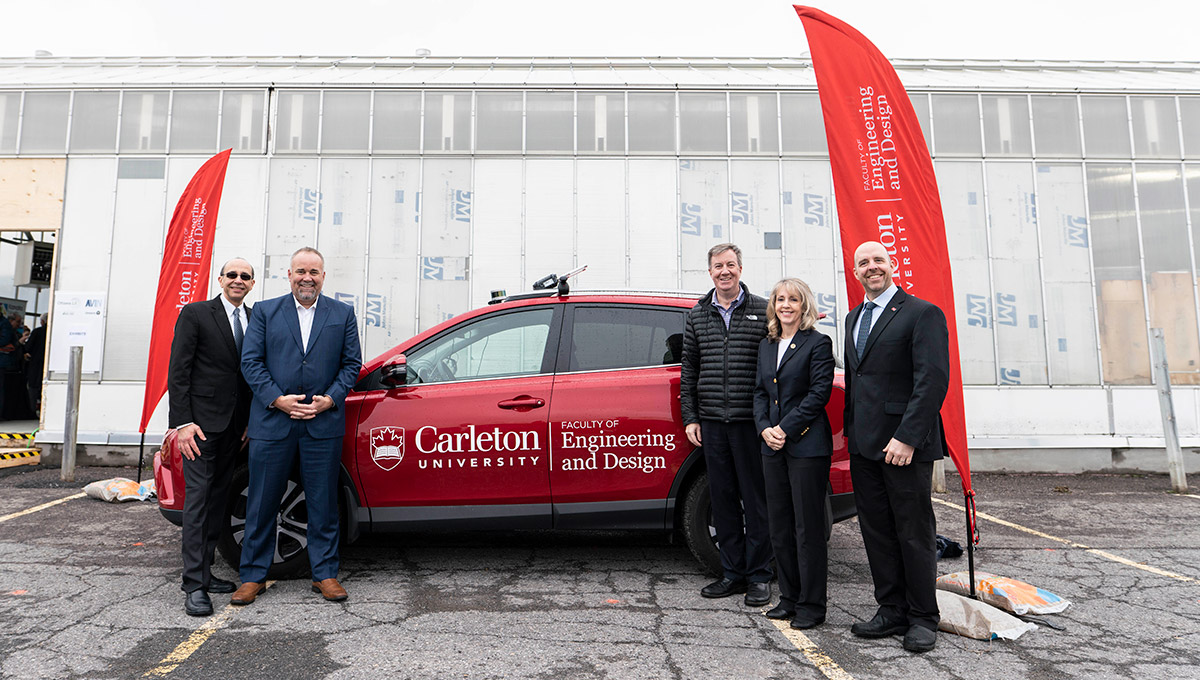
Rafik Goubran, Carleton Vice-President (Research and International); Todd Smith, Ontario Minister of Children, Community and Social Services; Jim Watson, Mayor of the City of Ottawa, Merrilee Fullerton, Ontario Minister of Long-Term Care; and Benoit-Antoine Bacon, Carleton President and Vice-Chancellor at the launch of the Ottawa L5 CAV testing facilities in May 2019.
“We are proud to partner with government, the private sector and the local post-secondary ecosystem to grow an industry that’s increasingly important for our Ottawa, Ontario and Canada,” Bacon said last May at the official launch of the first integrated test environment of its kind in North America.
“Our faculty members are doing critical research to advance this field and we are contributing to Ottawa’s continued evolution into a leading technology hub, which is good not only for economic development but also quality of life, sustainability and so much more. Our students are integral contributors to this research and in doing so are getting the experiential learning that will bring them incredible work opportunities. They are the leaders of the CAV sector of the future.”
Currently valued at more than $11 million, the Ottawa L5 leverages $5 million in anchor provincial investment through Ontario’s AV Innovation Network (AVIN) and more than $6 million in in-kind contributions from internationally recognized public and private partners including Accenture, Avanade, Blackberry QNX, the City of Ottawa, Ericsson, Juniper Networks, the National Capital Commission, Microsoft and Nokia.
Re$earch Infosource is widely acknowledged as a respected and leading source of ranking information on research universities, corporations, hospitals and colleges. This info is used and followed by the research and innovation community, as well as opinion and policy leaders in the government, research, corporate, higher education and non-profit sectors.
The Re$search Infosource rankings of Canada’s top-50 research universities for 2019 were released on Nov. 7.
